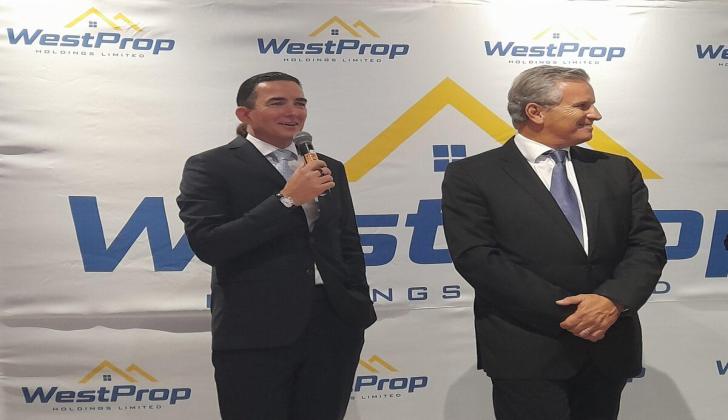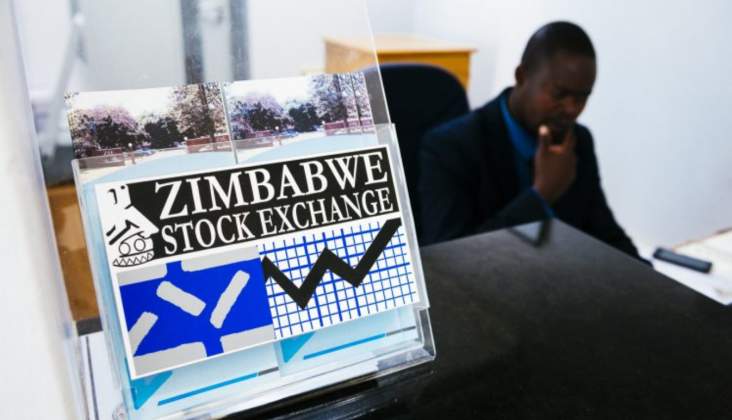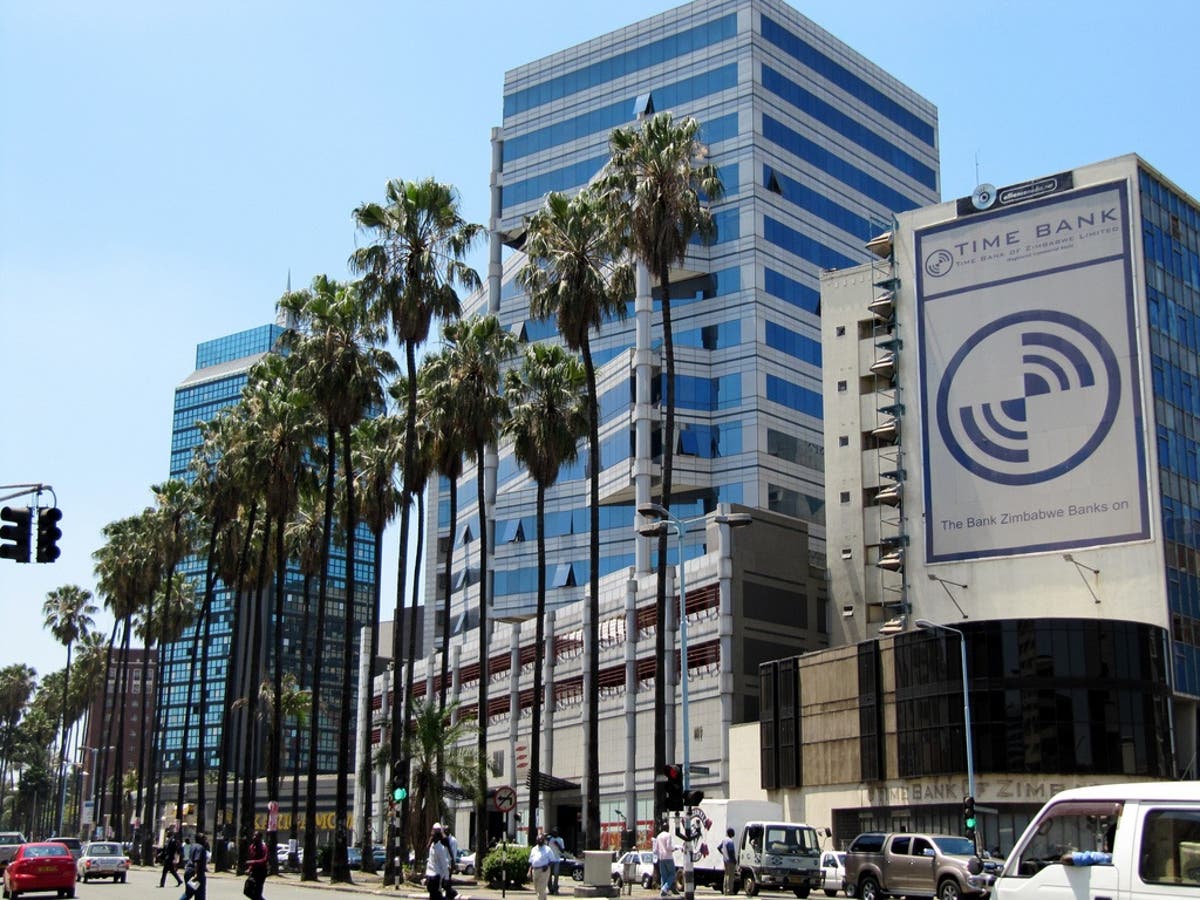High void rates dog Harare CBD
THE property market in Harare is experiencing a significant shift, with suburban areas continuing to gain reference among businesses and residents alike.
However, the central business district (CBD) is grappling with high void rates and declining demand.
The CBD office market is facing significant challenges as major corporations relocate to suburban areas, leading to increased vacancy rates and subdued activity in central business districts.
This trend is largely driven by challenges such as traffic congestion, poor infrastructure, inadequate parking, high operational costs, and noise pollution.
According to The Africa Report 2024/25, Knight Frank’s The Ultimate Guide to Real Estate Markets, which highlights performance and opportunities in the region, vacancy rates in these central areas are high, ranging from 40 percent to 60 percent, while demand primarily comes from small and medium-sized enterprises (SMEs) seeking smaller office spaces.
In contrast, suburban offices are thriving, with occupancy rates soaring between 90 percent and 100 percent.
This surge in demand has allowed suburban locations to command higher rental rates, ranging from US$12 to US$15 per square metre, compared to US$6 to US$10 per square metre in the CBD.
The average yield in the CBD remains around 8 percent, highlighting the disparity in market performance between the two areas. The retail sector, despite facing economic challenges, is also showing resilience. Occupancy rates in malls and newly constructed suburban shopping centres are climbing, exceeding 80 percent.
“Demand is notably rising from informal traders, who dominate market activity and tend to focus on securing smaller units.
“In response, landlords are subdividing space into smaller units, particularly ground floor units, by offering space ranging from 9-50 square metres,” said Knight Frank in the report.
Consequently, rental rates for smaller shops have surged by 100 percent, increasing from US$20 in 2022 to US$ 40 per square metre by the end of Q4 2023.
However, the pace of new retail developments remains slow, with only a few projects underway, including the Big Poppers Shopping Mall, expected to be completed by 2025.
In the residential market, the influx of expatriates has fuelled demand for prime properties, driving up rents for high-end apartments.
For instance, rents for four-bedroom apartments have increased by 10 percent since early 2022, reaching US$ 3 500 in 2024.
Meanwhile, the Government and private developers are focusing on affordable housing solutions to address the growing demand, particularly in high-density suburbs and satellite towns.
The industrial market is also facing hurdles, particularly due to ongoing power supply issues that are raising occupancy costs for tenants. Despite the rising demand for Grade A warehousing, with imports totalling US$9,2 billion in 2023, rental rates for warehouses have remained stable over the past year, hovering around US$5 per square metre for smaller warehouses and US$1,50 for larger ones.
herald











